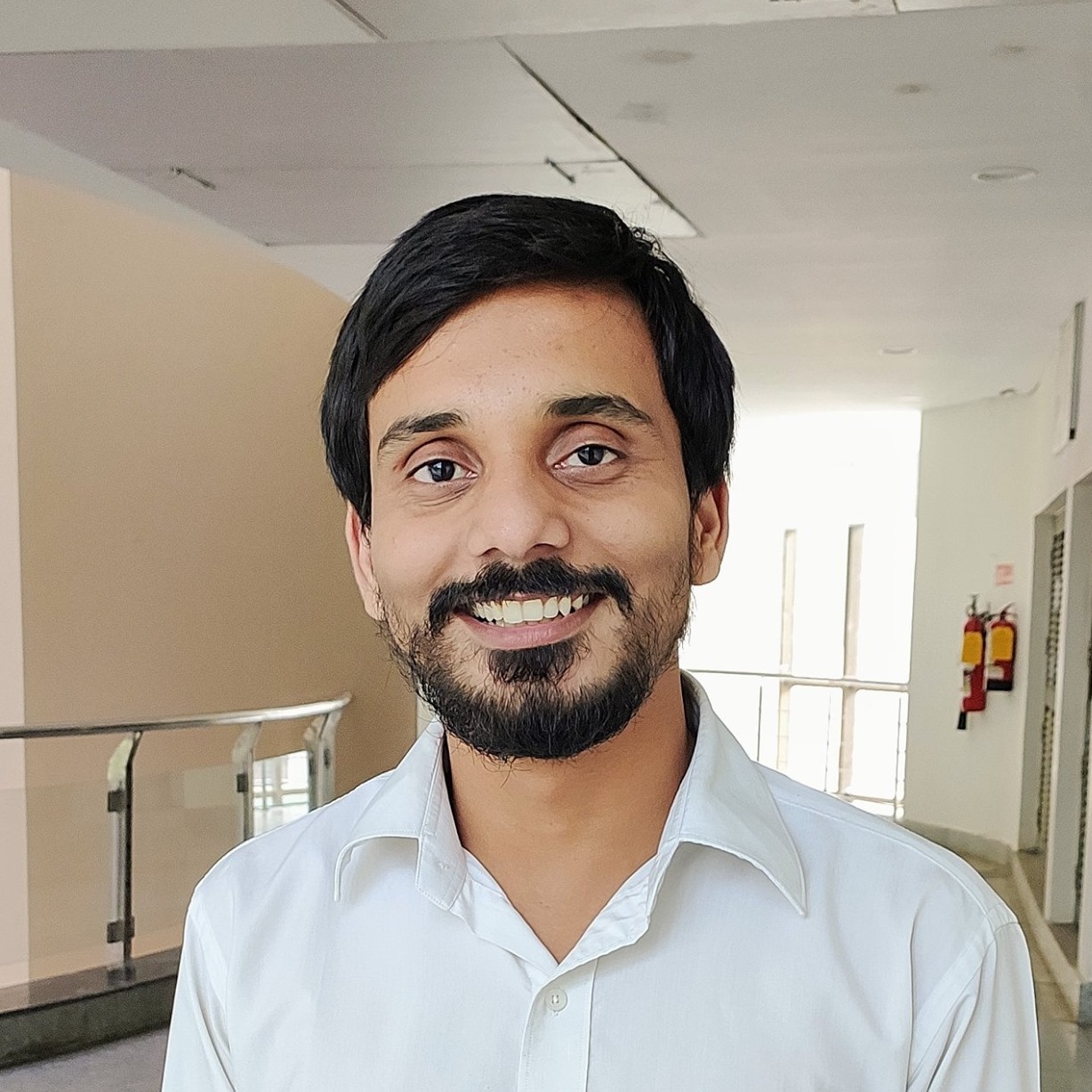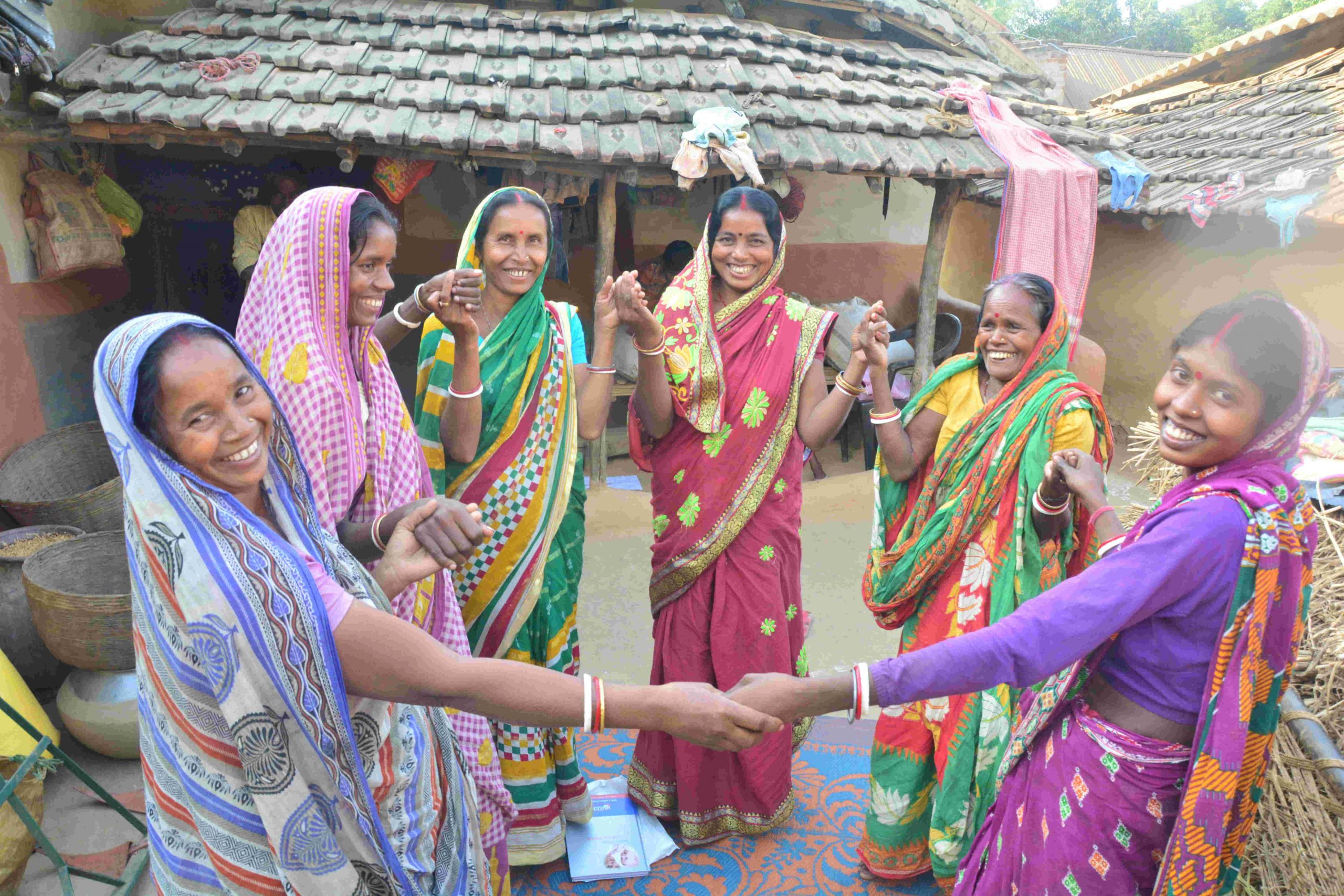“Every second adolescent girl has anaemia. Every second woman of reproductive age is anaemic”
Women’s empowerment will not have any meaning without tackling anaemia. While the governments are working to deal with this, there is a need for greater awareness to tackle this problem


Prime Minister Narendra Modi initiated the #SheInspiresUs campaign to celebrate International Women’s Day on March 8 to create awareness about gender issues. It would be pertinent to lay emphasis on women’s health, especially the problem of anaemia — the deficiency of healthy red blood cells.
As per the National Family Health Survey-4 2016, every second adolescent girl (about 54% of those aged 15-19 years) in our country has anaemia. Every second woman (53%) of reproductive age is anaemic. About 50% of pregnant women and 58% of lactating women (58%) have anaemia. The condition has an adverse effect on new-born children — about 58% of children (6-59 months) of India are anaemic.
It is not that state and central governments are not working to improve this situation. But the government schemes have not produced the desired results yet. The chart below shows that there has not been much improvement between 2006 and 2016.

Anaemia Mukt Bharat
The government of India, along with the help of state governments, has come up with the ‘Anaemia Mukt Bharat’ campaign under the POHSAN Abhiyan to tackle anaemia among women. It has set a highly ambitious target of reducing the prevalence by 18% in each group by 2022.
The government is working on six interventions to achieve the target:
1. Prophylactic iron and folic acid supplementation
2. Deworming
3. Intensified year-round behaviour-change communication campaign (solid body, smart mind), including ensuring delayed cord clamping in newborns
4. Testing for anaemia using digital methods and point-of-care treatment
5. Mandatory provision of iron and folic acid-fortified foods in government-funded health programmes.
6. Addressing non-nutritional causes of anaemia in endemic pockets, with special focus on malaria, haemoglobinopathies and fluorosis.

Progress of Scheme
Between April and December in 2017, 6.3% of children aged 6-59 months were provided 8-10 doses (1ml) of iron and folic acid (IFA) syrup (biweekly). Between April and December in 2019, 14.05% of children in the same age group were provided with the same dose.
Similarly, while 75.2% of pregnant women (PW) were given 180 iron and folic acid (IFA) tablets during April-December 2017, the figure jumped to 90.8% between April and December in 2019. The government gave IFA tablets to 21.5% of children studying in 6-12 classes in the April-December 2017 period; during the same period in 2019, IFA tablets were given to 36.8% of students in 6-12 classes. Again, 24.9% of children in the 5-9 age group were given these tablets in April-December 2019 against just 8.4% of children in the age group in the same period of 2017.

More awareness needed
While the governments are working to achieve their target, there is a need for greater awareness among the public to tackle the problem of anaemia effectively. It should be everyone’s responsibility to make women family members (mother, sister), girl children and even female friends aware about anaemia. Mothers, sisters, and housewives need to have adequate food with iron. Often, they eat food after all other family members have finished their meal. Men of the house can chip in by insisting meals are had together.
Everyone should do their bit for an ‘Anemia Mukt Bharat’; the government alone cannot achieve this!
Happy Women’s Day!

